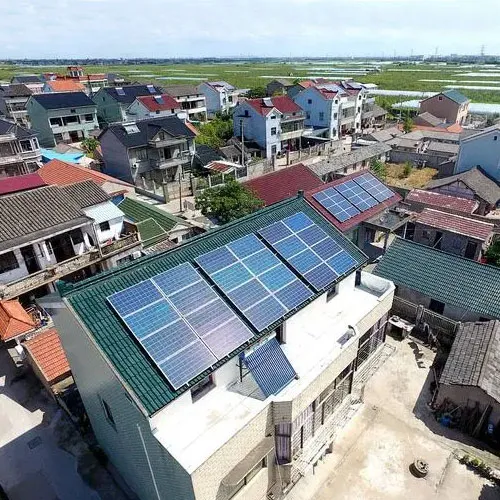The Future of Energy: Exploring Solar Power Systems and Their Impact
2024-10-30
With the global push for renewable energy sources, solar power systems have become increasingly prominent. This blog will delve into the advancements in solar technology, the various types of solar power systems available, and their impact on energy consumption and the environment.
Advancements in Solar Technology
1. Improved Efficiency:
- Discuss recent innovations in photovoltaic technology that have led to increased efficiency rates of solar panels, such as monocrystalline and bifacial panels.
- Highlight developments in thin-film technology and organic photovoltaics.
2. Smart Inverters:
- Explore the role of smart inverters in enhancing system performance, allowing for better integration with smart grids and energy management systems.
- Discuss features like remote monitoring and automated adjustments for optimal energy production.
3. Energy Storage Solutions:
- Examine advancements in battery technology, such as lithium-ion and solid-state batteries, that improve energy storage capacity and lifespan.
- Discuss the growing importance of energy storage in maximizing solar power utilization and reliability.
Types of Solar Power Systems
1. Grid-Tied Systems:
- Explain how grid-tied systems connect to the public electricity grid, allowing for net metering and the sale of excess energy back to the grid.
- Discuss their advantages, including lower installation costs and no need for battery storage.
2. Off-Grid Systems:
- Describe off-grid systems that operate independently from the utility grid, providing complete energy self-sufficiency.
- Explore their use in remote areas and for applications like cabins and emergency preparedness.
3. Hybrid Systems:
- Discuss hybrid systems that combine both grid-tied and off-grid functionalities, incorporating battery storage for flexibility and resilience.
- Highlight their adaptability for various energy needs and circumstances.
Environmental Impact of Solar Power Systems
- Reduction of Carbon Footprint: Analyze how solar energy significantly reduces carbon emissions compared to traditional energy sources.
- Sustainable Development: Discuss the role of solar power in promoting sustainable development and energy access in underserved communities.
- Biodiversity and Land Use: Consider the impacts of solar farms on land use and biodiversity, emphasizing the importance of responsible siting and management.
Challenges and Considerations
1. Initial Investment:
- Discuss the upfront costs associated with solar power systems and how financing options can make them more accessible.
- Highlight the importance of considering long-term savings versus initial costs.
2. Intermittency of Solar Energy:
- Explain the challenges posed by the intermittent nature of solar energy generation and the need for effective storage solutions.
- Discuss the importance of integrating solar power with other renewable sources for a stable energy supply.
3. Regulatory Landscape:
- Explore the evolving regulatory landscape for solar energy, including incentives, tariffs, and policies affecting installation and operation.
- Discuss how regulatory support can enhance the adoption of solar power systems.
Solar power systems are transforming the energy landscape, offering a sustainable solution to the growing demand for clean energy. By embracing advancements in technology and understanding the various system types, individuals and organizations can harness the power of the sun to create a more sustainable and resilient energy future.



